Top 5 Creative Uses for AI-Generated Images
The rise of AI-generated images is taking the creative world by storm. What once seemed like a futuristic concept is now a tangible reality, thanks to tools like DALL·E, MidJourney, and Stable Diffusion. These AI-powered platforms have empowered creators, designers, and everyday users to generate stunning visuals at the click of a button. But how exactly are people using these images in real-world applications? In this article, we'll dive into the top five creative uses for AI-generated images, highlighting their growing impact across industries.
1. AI-Generated Art for Marketing Campaigns
In the fast-paced world of marketing, standing out is crucial, and AI-generated images are proving to be a game-changer.
Custom Visuals for Ad Campaigns
Marketers are leveraging AI to generate customized visuals tailored to specific campaigns. For instance, AI can generate images that align with the brand’s tone and messaging, offering hyper-specific visuals that target audiences in a unique way. Whether it’s a futuristic tech advertisement or an earthy, nature-focused campaign, AI can produce just the right visual to captivate potential customers.
Eye-Catching Social Media Posts
Social media thrives on eye-catching visuals, and AI-generated images can be tailored to match trends, themes, or even user data. AI art tools help brands quickly create on-brand content that boosts engagement by catching the audience's attention with creative, never-seen-before designs. Imagine launching a seasonal campaign with AI-generated artwork that's dynamic and innovative—perfect for keeping your audience engaged.
Enhancing Brand Identity
For startups or rebranding efforts, AI can assist in producing imagery that aligns with a company’s evolving identity. Need a fresh logo concept or mood board? AI can generate multiple options within seconds, giving marketers the flexibility to experiment with different design directions before finalizing their visual strategy.
2. AI-Generated Images in Web and Graphic Design
Web and graphic designers have begun incorporating AI-generated visuals to expedite the creative process while maintaining quality.
Unique Website Layouts and Illustrations
Designers can now create custom website layouts that don’t rely on stock images or cookie-cutter templates. AI-generated illustrations can offer a unique flair to websites, providing original artwork or patterns that complement a brand’s overall aesthetic. This allows for a more personalized user experience that’s visually captivating.
User Interface (UI) Design and Prototypes
Prototyping and UI design can be labor-intensive. With AI tools, designers can quickly generate mockups and even experiment with various design elements, from buttons to backgrounds. These tools can provide high-fidelity visual components in minutes, speeding up iteration and feedback processes.
Custom Logos and Branding
Instead of hiring a traditional designer, some startups and small businesses are turning to AI to help generate logo ideas. The technology can output creative designs based on keywords or business characteristics, producing logos and brand assets that are visually appealing and distinct. Although these may require human tweaking, AI drastically reduces the initial brainstorming phase.
3. AI in the Entertainment Industry
The entertainment sector has found innovative ways to integrate AI-generated images into production, from concept art to marketing materials.
Video Game Concept Art
Developers are using AI to produce quick concept art for video game characters, settings, and objects. This technology allows for rapid ideation, enabling game designers to iterate on their concepts faster than ever. By providing a visual starting point, AI-generated art can inspire creative directions that might not have been considered before.
Movie and TV Storyboards
Pre-production for movies and TV shows requires detailed storyboarding, and AI-generated images can be a valuable tool. Instead of manually drawing or using 3D software for each frame, AI can generate basic visual outlines of scenes, helping directors and producers visualize key moments more efficiently.
Album Covers and Promotional Art for Musicians
Musicians and bands are tapping into AI-generated art to create album covers and promotional visuals. This not only saves time but also ensures a wide range of creative possibilities, from surrealist imagery to abstract designs that reflect the tone of the music.
4. AI-Generated Images in Education and E-Learning
In the education sector, AI-generated visuals are helping educators and students alike by simplifying complex concepts.
Illustrating Complex Concepts
AI can create clear, illustrative images that help explain difficult concepts in science, math, and history. These images can visualize abstract theories or processes, making them easier for students to grasp. For example, AI can generate detailed diagrams of biological systems or historical events, providing an engaging learning tool.
Custom Visuals for Presentations
Whether it’s for a classroom lecture or an online e-learning course, AI-generated visuals can enhance presentations. Instead of relying on generic clipart or stock photos, educators can produce tailored images that resonate with their specific lesson plans or audience.
Creating Immersive Virtual Learning Environments
With AI-generated images, educators are creating immersive learning environments in virtual or augmented reality. This can be particularly useful in fields like architecture, biology, or history, where students can explore 3D environments that bring their lessons to life.
5. AI-Generated Images in Personalized Products
Personalized products are more popular than ever, and AI-generated images are at the forefront of this trend.
Custom Fashion Designs and Apparel
AI tools can now design unique patterns and graphics for clothing. From t-shirts to high-end fashion, AI-generated images allow customers to personalize their wardrobe like never before. Designers can also use these tools to quickly explore new patterns or color schemes for their collections.
Personalized Gifts and Home Décor
Personalized gifts, such as custom wall art, mugs, or photo books, are another exciting use of AI-generated images. You can now create one-of-a-kind items for loved ones that feature AI-generated illustrations or patterns that reflect their personality or interests.
On-Demand Printing for Merchandising
AI-generated visuals can also be used in on-demand merchandising platforms. Whether you're selling t-shirts, posters, or phone cases, AI can generate original designs that appeal to niche audiences, allowing for endless customization and creativity.
The Benefits of AI-Generated Images
AI-generated images provide numerous advantages: speed, cost-effectiveness, and creative flexibility. Designers and creators can experiment more freely without breaking the bank or dedicating endless hours to manual creation. The ability to generate unique, never-before-seen visuals means businesses can keep their marketing fresh and engaging.
Ethical Considerations and Challenges
Despite the advantages, AI-generated images also present ethical challenges. Copyright issues arise when considering the ownership of AI-created work. Additionally, AI algorithms may inadvertently reflect biases present in the data they are trained on. Ensuring that the images are used ethically and remain original is an ongoing challenge that needs to be addressed.
Conclusion
The creative potential of AI-generated images is immense, impacting industries from marketing to education. As AI tools continue to evolve, they offer exciting possibilities for creators and businesses alike. While there are ethical considerations to keep in mind, the future of AI-generated images looks promising, with endless opportunities for innovation.
FAQs
Can AI-generated images replace human designers?
AI can assist designers but won't replace the need for human creativity. It's a tool for enhancing and speeding up the design process.
How do AI tools create such detailed images?
AI tools use complex algorithms and vast amounts of data to generate detailed and unique images based on



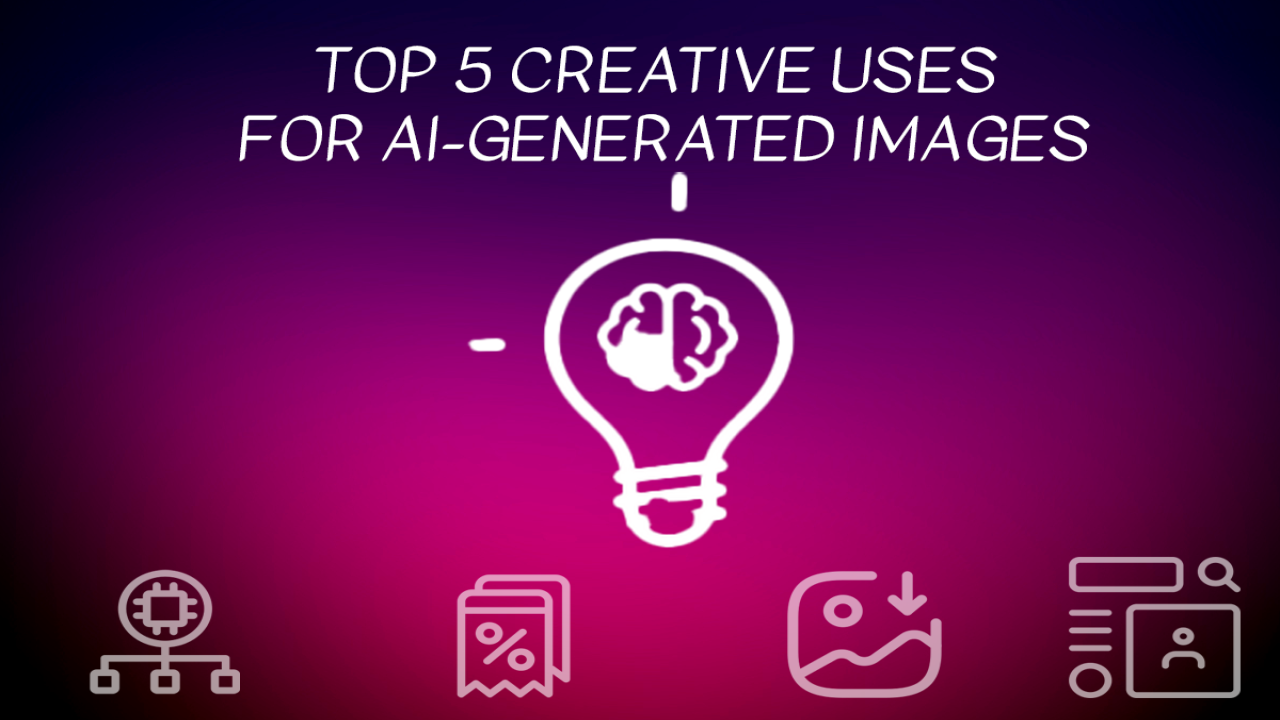
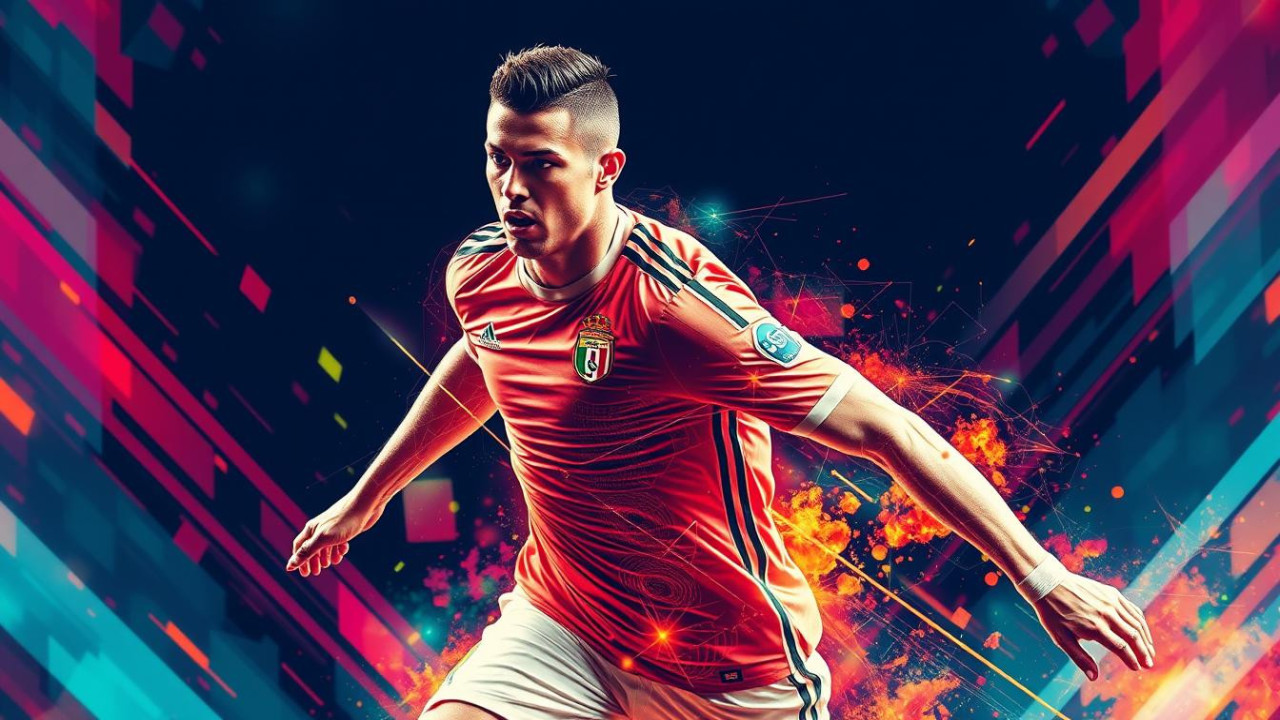
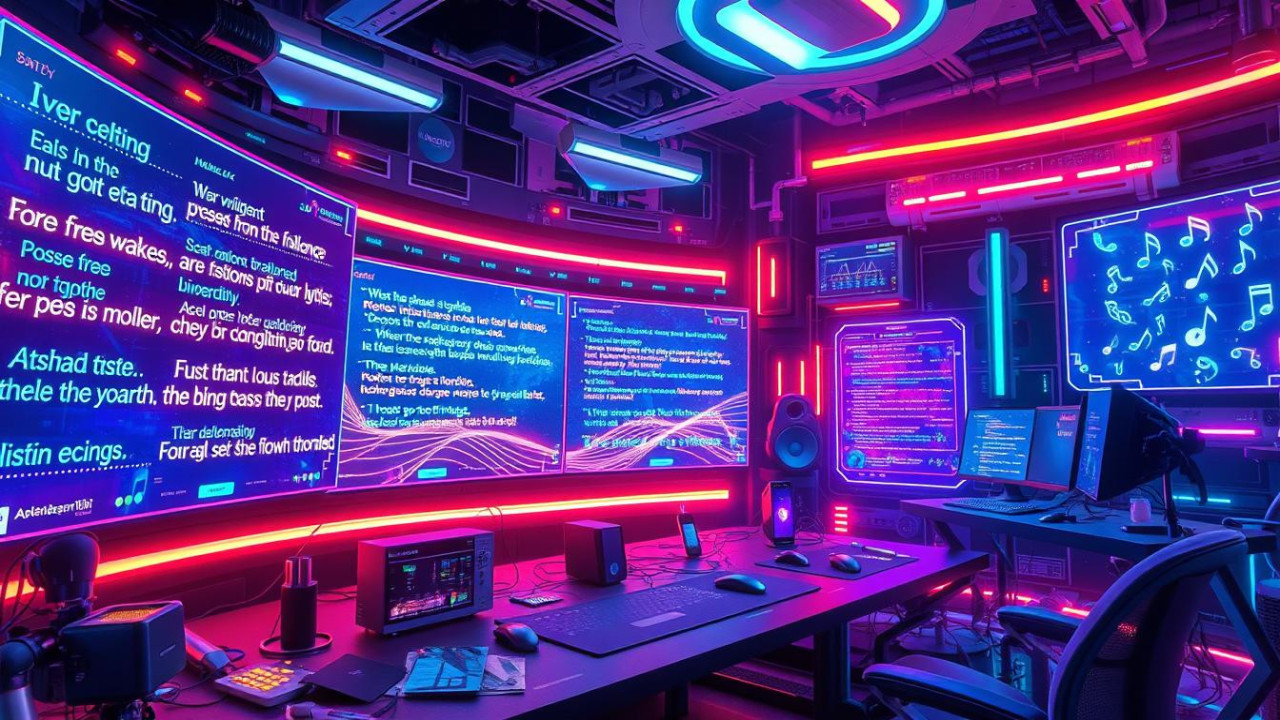
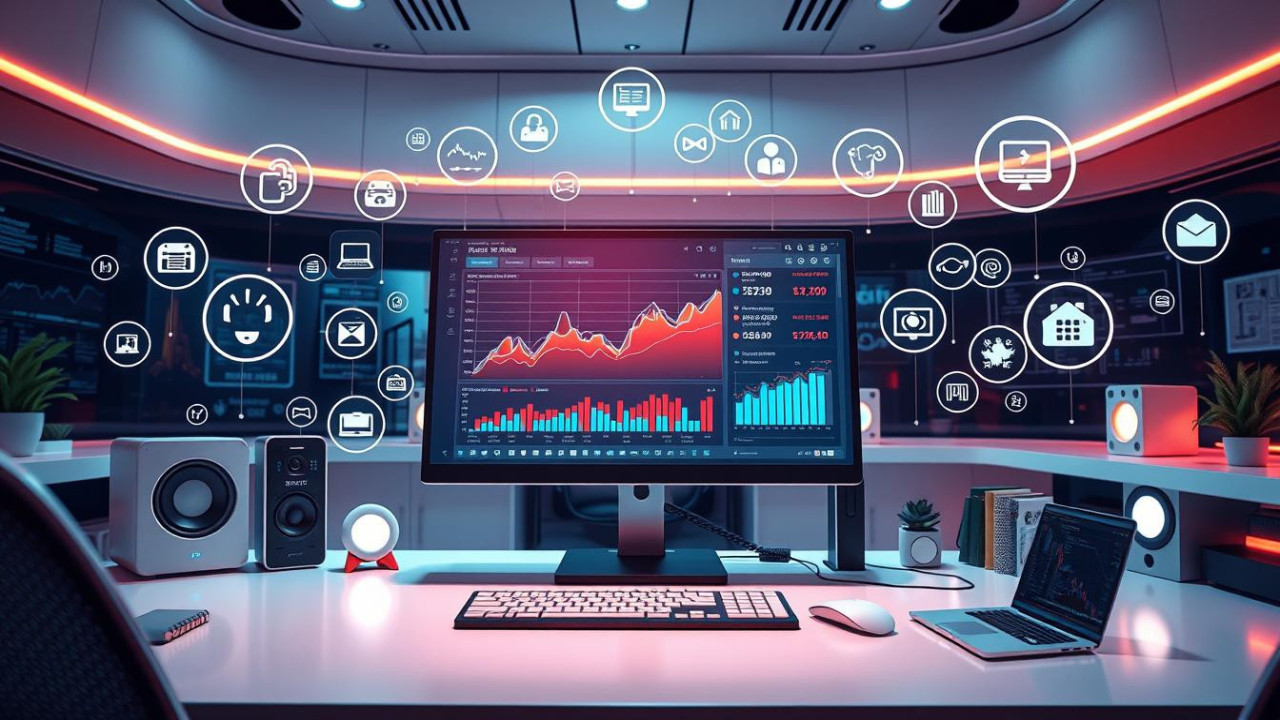
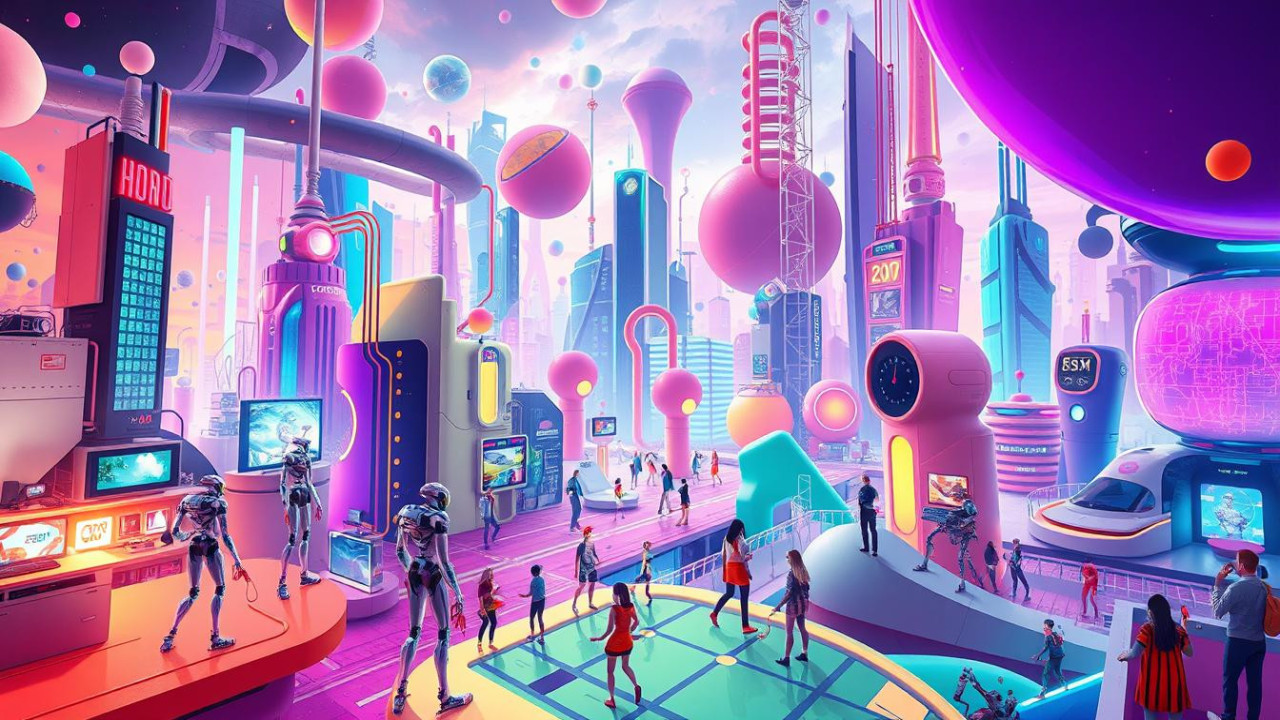
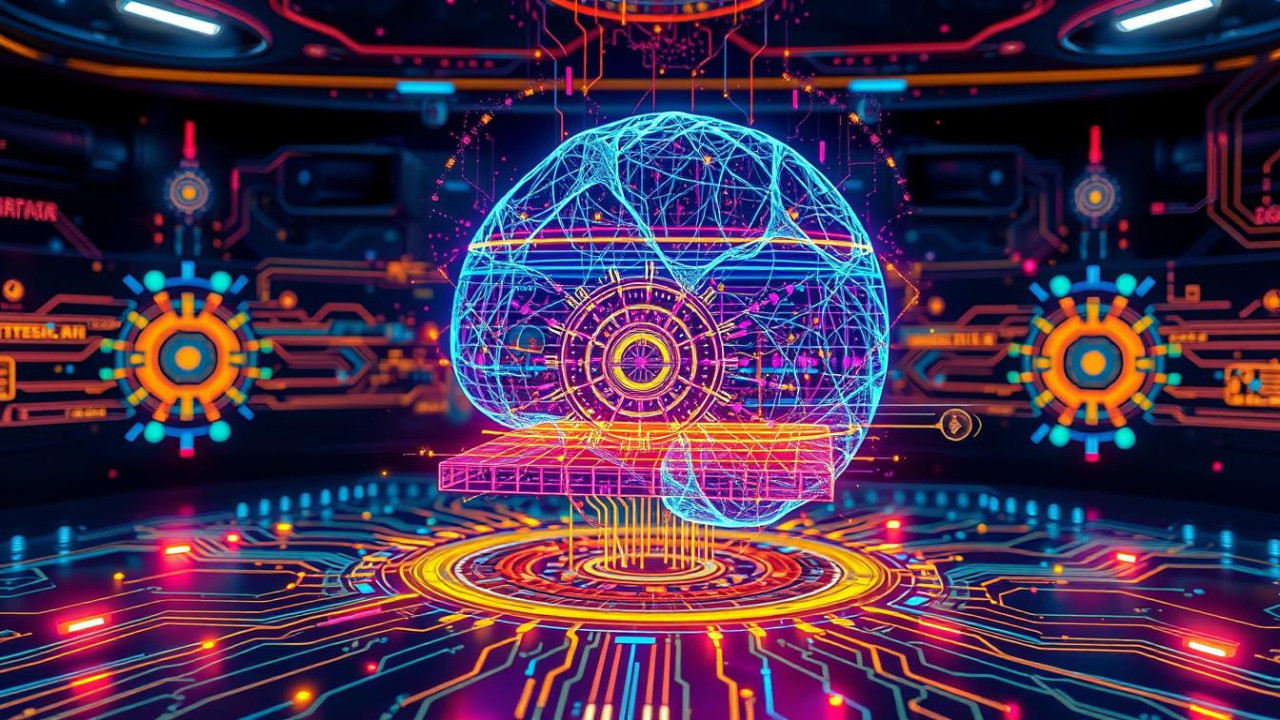
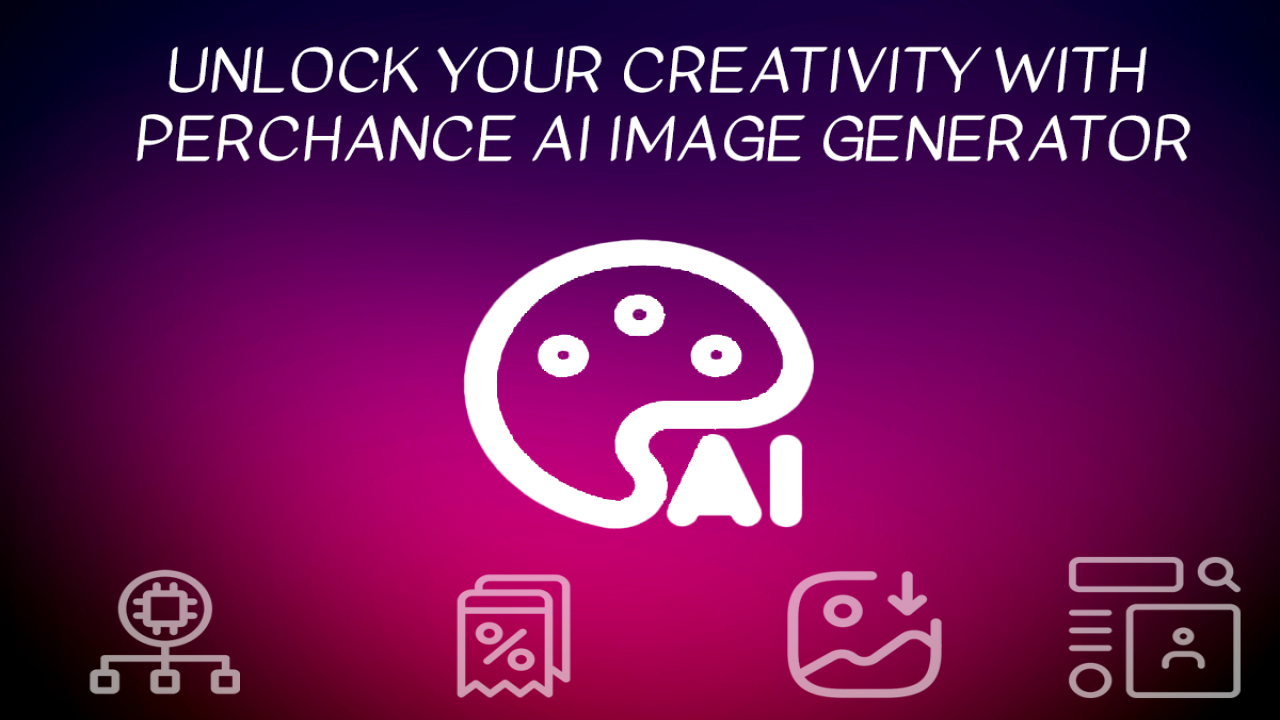
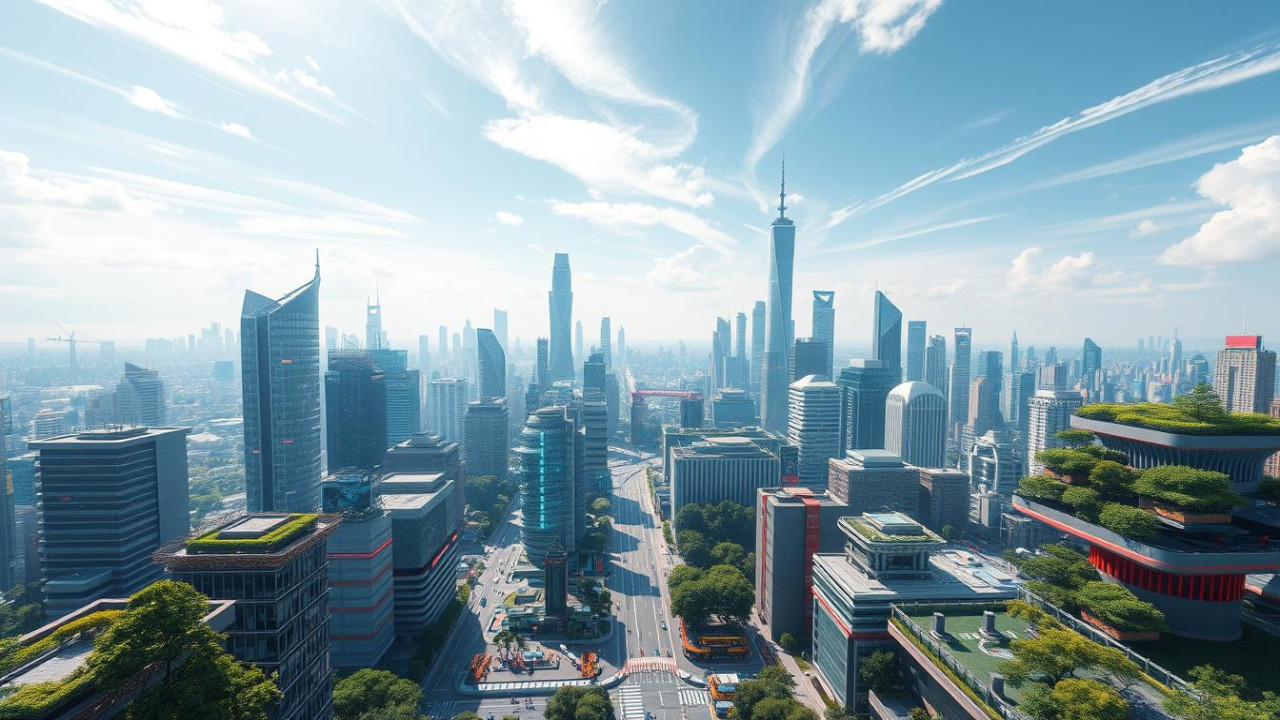
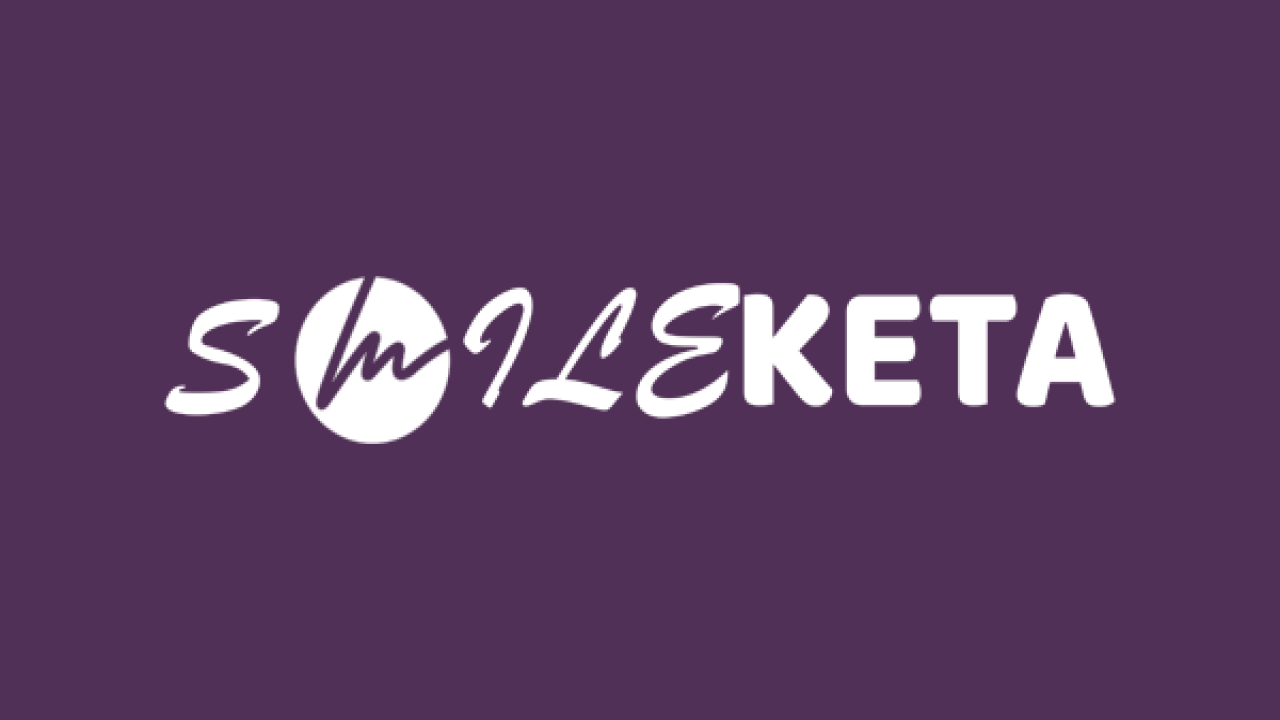
Comments (0)
No comments found